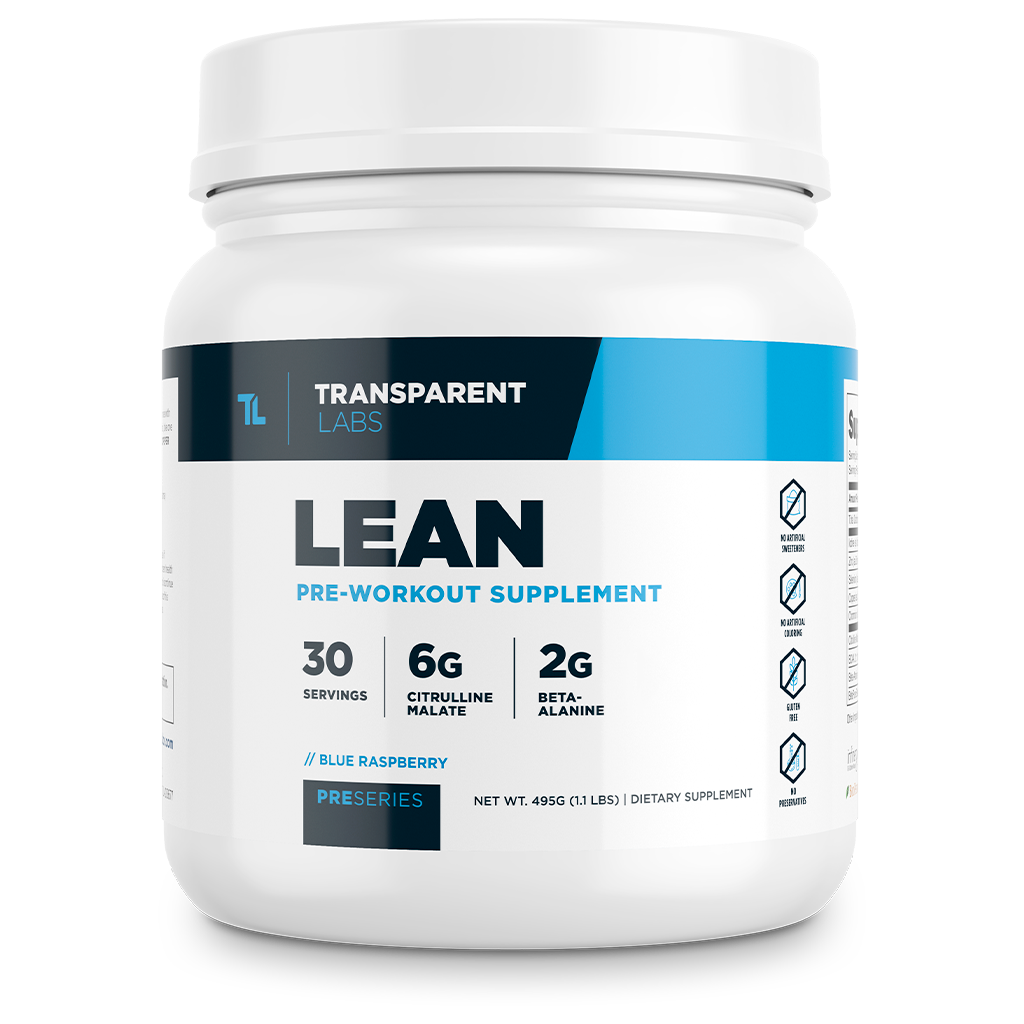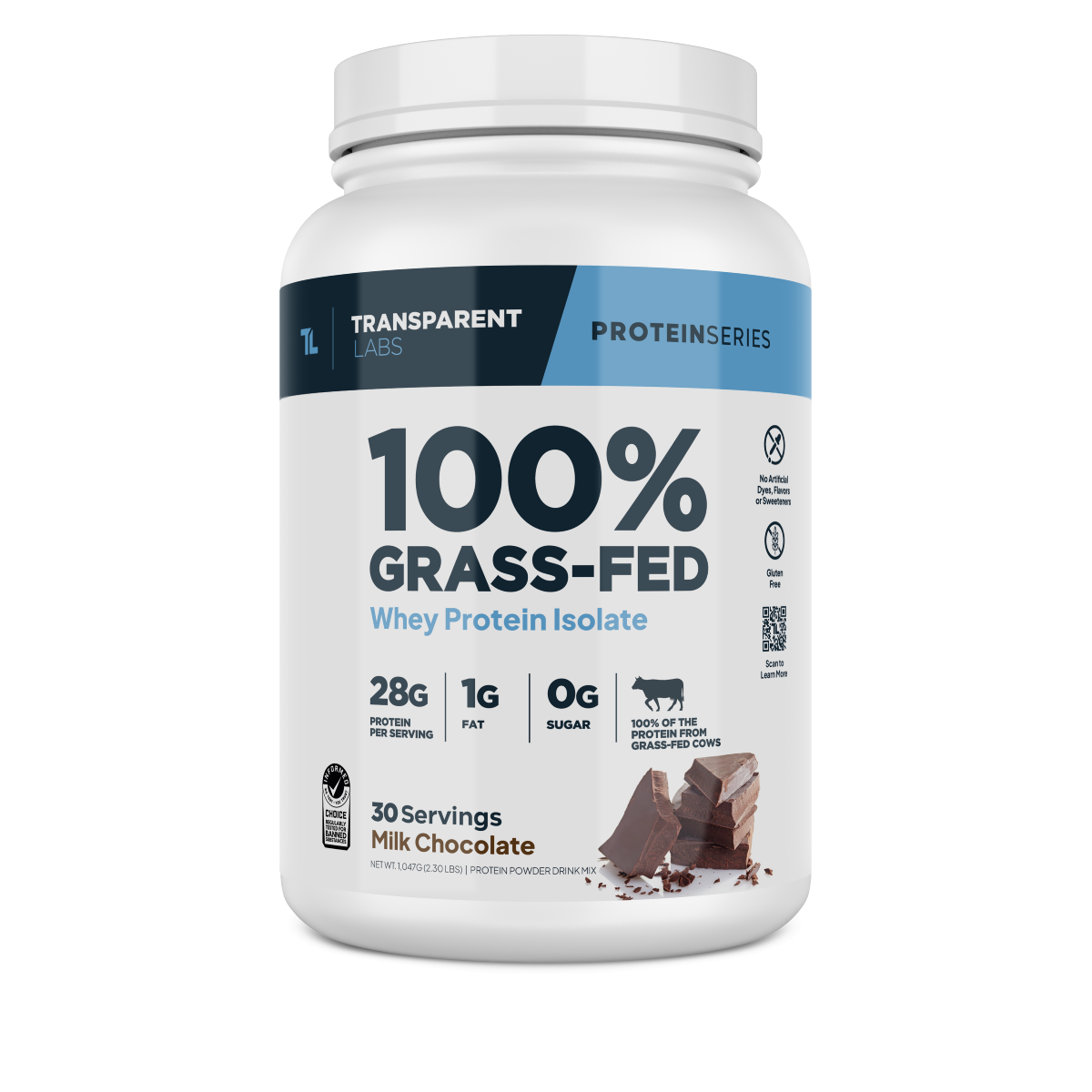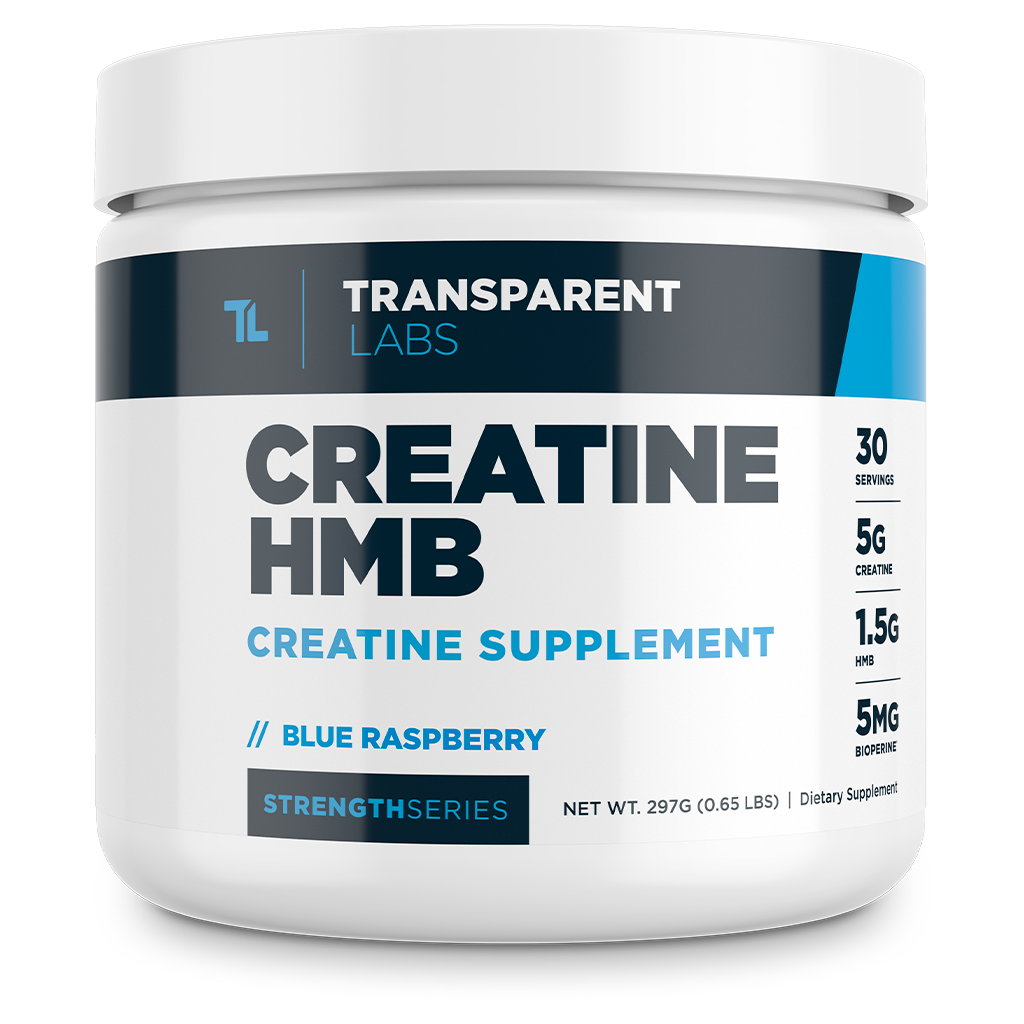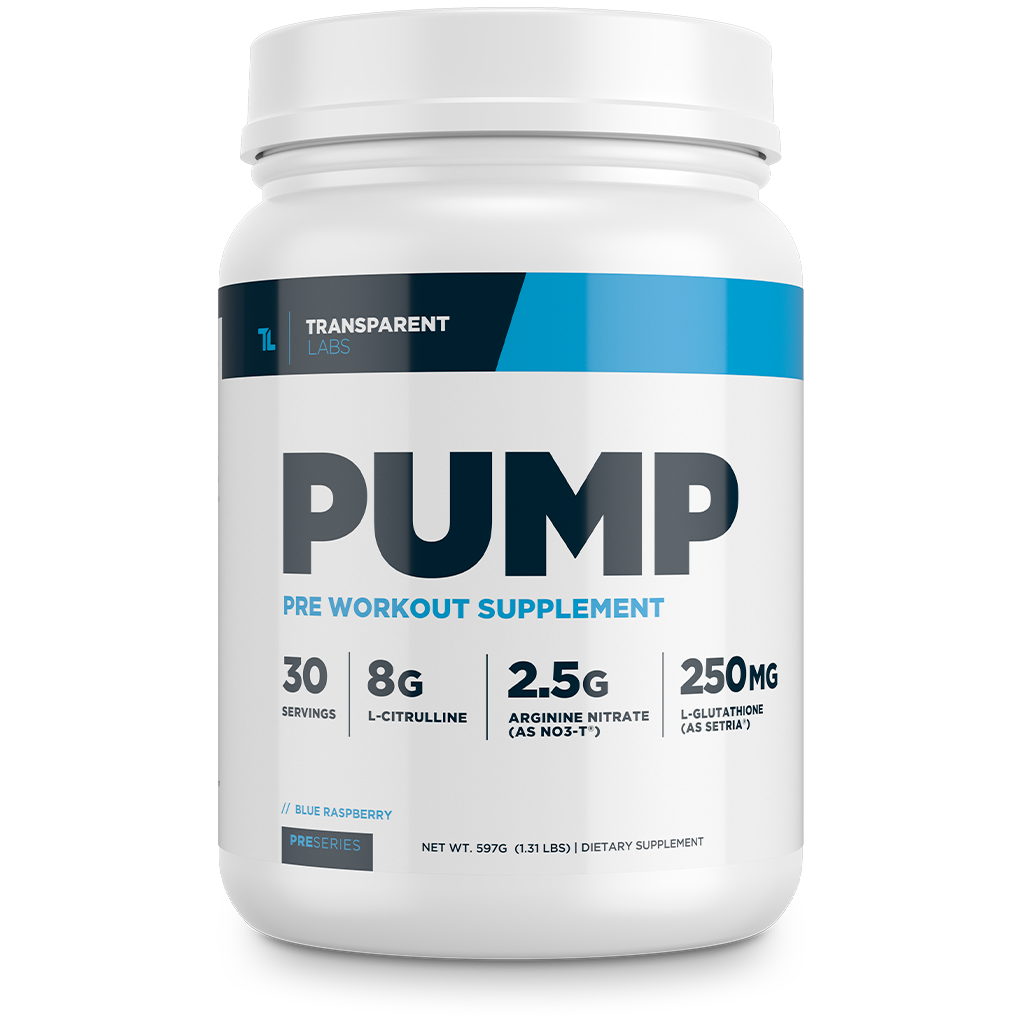What is Lean Muscle? A Simple Guide for Beginners
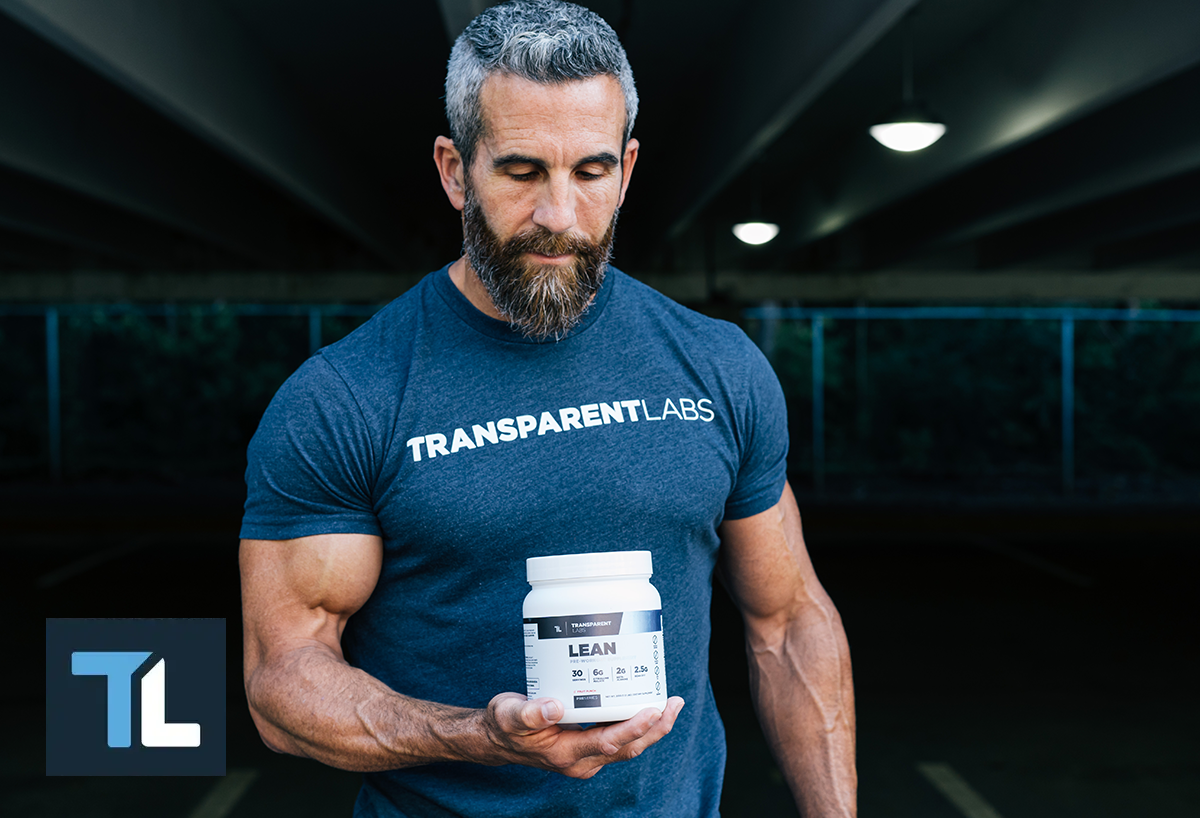
If you spend significant time in and around the weight room, or if you read enough articles dedicated to strength training, there are a lot of terms you’re going to hear that are built around the practice of muscle building, or adding muscle mass.
This should come as no surprise; if you and the people around you are putting so much effort into weight training, odds are that the overwhelming majority of you want to gain muscle mass as opposed to fat tissue. That’s when you start hearing the term “lean muscle,” and you get thrown for a loop.
You knew that gaining muscle was your mission, but you hadn’t realized that you should aspire to build lean muscle as opposed to chasing some other kind of muscle gain. So what is lean muscle anyway? And while you’re answering that question, how should you structure your strength training to ensure that you’re only building lean muscle, and not some other kind?
What is Lean Muscle?
Now that you’re familiar with the term lean muscle, you’ll want to drill down to the essence of what it is so that you can learn to build lean body mass correctly. Fortunately, lean muscle is nothing to be intimidated by. In fact, if you’ve already been diligently hitting the gym for resistance training sessions, you’ve already been building lean muscle even if its definition escaped you until now.
Lean Muscle Explanation
If you’re hoping to build lean muscle to the exclusion of all other muscle tissue types, fear not. Lean body mass consists of ordinary muscle mass, and all muscle tissue on your body is lean no matter how you went about acquiring it. If you’re going through the trouble of building muscle, rest assured that all of your muscle gains are of the lean variety.
What Lean Muscle Is Not
There’s no doubt that you’ve observed some rather large and incredibly strong individuals in the weight room, on the football field, or in the shot put circle. More likely than not, they were carrying around a mountain of muscle mass, but also plenty of body fat.
This observation may have caused you to think, “Huh. They built a ton of muscle mass, but they mixed plenty of body fat in with their muscle.” While that may be correct in a very loose sense that matches the spirit of what occurred, it doesn’t match the reality of how muscle mass is built, or how body composition is arranged.
How Body Composition Works
Body fat and muscle mass are structurally distinct and separated from one another; body fat sits on top of muscle tissue, and obscures the form and striations of your muscle mass from visibility. As a person’s body fat percentage is lowered, the lean muscles beneath the fat become visible.
In short, you don’t have to worry about building bulk muscle, fatty muscle, or any other sort of muscle mass that isn’t lean muscle mass. Whenever you add additional muscle tissue to your body, it is 100 percent fat free mass.

How Muscle Mass is Built
While it’s nice to know that all of your muscle growth is going to be lean body mass, it’s also helpful to know what prompts muscle mass to appear on your frame in the first place.
Thankfully, you won’t have to guess. The science behind muscle growth is well researched, so you’ll be able to eat and train with confidence that the body weight you’re adding is primarily lean mass and not fat mass.
What Some People Think Happens Strength Training
It is a common misconception — at least amongst newcomers to the gym — that you actively build muscle tissue during resistance training. To put it another way, the belief is that working your muscles causes the muscle tissue to swell and grow, and that your fully pumped muscles achieve their size because you have added more muscle mass.
In other words, the belief is that you are building lean muscle one repetition at a time, in real time, as you are engaged in the act of lifting weights. The reality is that the process of gaining lean mass is far more complex. Your resistance training plays a role, but no actual muscle growth is taking place while you are actively lifting weights.
What Actually Happens During Strength Training
If your workout routine includes strength training exercises — whether they come in the form of bodyweight exercises or weight bearing exercises — you’re going to tear your muscle fibers. While this may sound damaging and painful, it is actually the first crucial step in building lean muscle.
It is also important to note that significant muscle mass gains only come about when the strain being placed on your muscles is robust and challenging enough to prompt the microtears that result in muscle growth.
You are certainly justified in having fitness goals that lean heavily on cardiovascular training if you wish to lose weight, lower your body fat percentage, and keep your body healthy in a well-rounded sense. However, cardio activities alone are unlikely to prompt big lean mass gains.
Muscle Recovery
At the conclusion of your workout, you’ve probably been left with multiple muscle groups in need of rebuilding. This is why it’s important for you to consume enough protein. The essential amino acids contained within dietary protein serve as the building blocks of muscle. As such, the amino acids you’ve consumed rebuild your muscle fibers, and make them stronger and larger.
In short, the process of muscle mass development is a cycle of breaking down your muscles, and then rebuilding them. Over the course of time, you’re likely to experience an increase of total body weight commensurate with your growth of lean body mass, but whether or not your body composition improves is partially dependent upon how much excess fat you continue to carry around.
Benefits of Building Lean Muscle
Now that you know how to build lean muscle mass, you might be saying, “So what? What is lean muscle going to do for me, and why should I invest so much effort into acquiring it?” We’re glad you asked these questions, because once you build lean muscle mass, your life changes for the better in several ways.
Lean Body Mass Makes You Stronger and More Durable
If you’ve ever played a competitive sport, you know that lean muscle plays a major role in your production of speed and power, and also in your ability to endure repeated strain.
From a body composition standpoint, there are very few exceptions where having more lean muscle doesn’t benefit you during competitive sports activities.
Lean Body Mass Boosts Metabolism
When it comes to lean muscle vs fat mass for the benefit of your metabolism, skeletal muscle mass easily wins. When we talk about metabolically active tissue, we usually refer to skeletal muscle mass, but that’s simply another term for lean muscle.
Unlike fat mass, lean body mass consists of metabolically active tissue that requires energy to maintain, and can assist you with burning fat.
Lean Body Mass Optimizes Other Physical Processes
Adding layers of lean muscle can benefit you with respect to several healthy biological processes. This includes the regulation of glucose, and also the prevention of chronic diseases. This is because lean muscle has the ability to absorb glucose, and also acts as an amino acid buffer that helps to prevent the development or worsening of chronic diseases.
Lean Body Mass Strengthens Your Skeleton
The percentage of lean muscle in your body is the most accurate predictor of your bone density. This was proven in a study involving healthy adult males and healthy adult females between the ages of 20 and 30 years old. (1) The general belief is that the same physical activity that produces lean muscle mass also triggers the storage of the minerals that amount to bone.

What’s the Fastest Way to Create Lean Muscle?
By now you know what lean muscle mass is, what it is not, and a basic strategy for building a body packed with it. That’s all well and good on a fundamental level, but if you’re in a hurry and want to spur as much muscle growth as possible, and as quickly as possible, how should you go about it? We’ve got those answers for you here.
Well Rounded Strength Training Programs Build Lean Body Mass
Building muscle takes a great deal of effort, but the basic strategy for crafting lean muscle is relatively straightforward. In essence, any form of resistance training that targets specific muscle groups and is carefully carried out to failure within a range of eight to 12 repetitions will usually be adequate to induce hypertrophy, and initiate muscle repair and growth.
Although weight training is often referenced for purposes of building muscle mass, resistance workouts that make use of your body weight as resistance — like push-ups, pull-ups and dips, along with weight-free squats and lunges — are also conducive to the creation of lean muscle mass. (2)
Cardio Programs Help To Reveal Lean Body Mass
In order to combat the impression that your lean muscle mass is somehow adulterated by the presence of body fat, it is very beneficial to engage in some form of cardiovascular training.
By doing cardio, you can create the sort of caloric deficit that prompts weight loss in the form of unnecessary body fat, and improves your body composition in the process. Studies have proven that combining cardio exercise with resistance training is an ideal recipe for trimming adipose tissue from your body. (3)
Balanced Nutrition Helps to Grow and Reveal Lean Body Mass
To an even greater extent than cardio training, a healthy approach to nutrition is essential for initiating the sort of caloric deficits that result in consistent weight loss. The sort of nutrition plan that results in fat loss and lean muscle growth usually involves the consumption of plenty of protein, healthy fats, and carbohydrates that are nutrient dense, like vegetables and legumes.
Myths About Building Lean Muscle
Because lean muscle is so highly sought after, several purveyors of fitness have peddled myths about how it is acquired, usually in an effort to make a quick buck. To prevent yourself from being victimized, here are some myths about building lean muscle that you will probably recognize. Acknowledging them will help you establish reasonable expectations for how much lean muscle you should expect to build.
Myth: Building Lean Muscle Is Always Quick and Easy
Even if you follow a perfect schedule of resistance workouts and protein intake, building lean muscle mass takes time and effort. While you can expect rapid, promising results during your first few years of strength training, results tend to plateau after five years of consistent training. Experienced bodybuilders will train extremely hard for an entire year just to add one new pound of pure muscle to their frames.
Myth: Protein Will Magically Build Lean Body Mass
If you have never lifted weights regularly while supplementing with protein, you may be missing out on some impressive muscle growth. It is not uncommon for weightlifters supplementing with protein to gain more than one pound of lean muscle per month during their first year of training.
However, if you are an experienced weightlifter with many years of training under your belt, you may already have achieved the point where additional lean muscle growth is difficult to achieve. At this stage, while protein supplementation may absolutely help you to maximize the growth of your muscles, you shouldn’t expect dozens of pounds of new muscle to materialize simply because you’ve added protein supplementation to a diet that already contained adequate protein.
How to Maintain Lean Muscle Mass
Now that you’ve built an impressive assortment of lean muscle mass, you should congratulate yourself on a job well done. Now all you have to do is maintain it. This is far easier said than done, but it’s a similar matter of continuing to do the hard work, and not falling into the sorts of patterns that will cause you to lose muscle mass and regain body fat.
Keep Doing What You’re Doing
The formula behind lean body mass remains the same even after you have built a sizable portion of it. Specifically, muscle must be broken down and rebuilt with amino acids. Continuing the sequence of heavy resistance training followed by a steady diet of protein will ensure that your lean muscle mass remains in shape.
By the same token, continuing to engage in generally healthy eating practices coupled with regular cardio can keep you from reforming whatever fat mass had previously been eliminated from your body.
Pay Close Attention to Muscle Recovery
Muscle recovery is generally spoken of in terms of strategies of refueling and replenishing muscles following training. This series of post-workout activities usually involves downing a heavy dose of protein, along with the right ratio of carbohydrates and fats.
The thing is, muscle recovery should extend to include steps like foam rolling, massage guns, ice baths, and other methods that leave your muscles feeling safe. Most of all, muscle recovery should include essential rest. Allowing time for proper recovery helps to prevent injuries, which preserves your capacity to continue the routine that creates and maintains muscle mass.
Lean Into Your Training
Hopefully your understanding of lean muscle mass has been totally demystified. To put it simply, a steady diet of resistance exercise and protein will build lean body mass for you, and controlling your calories through proper nutrition and cardio will ensure that you can display it proudly.
So you can rest assured that the formula for developing lean muscle mass is simple, as long as you’re willing to do the work.
References:
-
Nguyen HG, Pham MT, Ho-Pham LT, Nguyen TV. Lean mass and peak bone mineral density. Osteoporos Sarcopenia. 2020 Dec;6(4):212-216. doi: 10.1016/j.afos.2020.10.001. Epub 2020 Nov 6. PMID: 33426311; PMCID: PMC7783218.
-
Martins FM, de Paula Souza A, Nunes PRP, Michelin MA, Murta EFC, Resende EAMR, de Oliveira EP, Orsatti FL. High-intensity body weight training is comparable to combined training in changes in muscle mass, physical performance, inflammatory markers and metabolic health in postmenopausal women at high risk for type 2 diabetes mellitus: A randomized controlled clinical trial. Exp Gerontol. 2018 Jul 1;107:108-115. doi: 10.1016/j.exger.2018.02.016. Epub 2018 Feb 19. PMID: 29471132.
-
Willis LH, Slentz CA, Bateman LA, Shields AT, Piner LW, Bales CW, Houmard JA, Kraus WE. Effects of aerobic and/or resistance training on body mass and fat mass in overweight or obese adults. J Appl Physiol (1985). 2012 Dec 15;113(12):1831-7. doi: 10.1152/japplphysiol.01370.2011. Epub 2012 Sep 27. PMID: 23019316; PMCID: PMC3544497.

